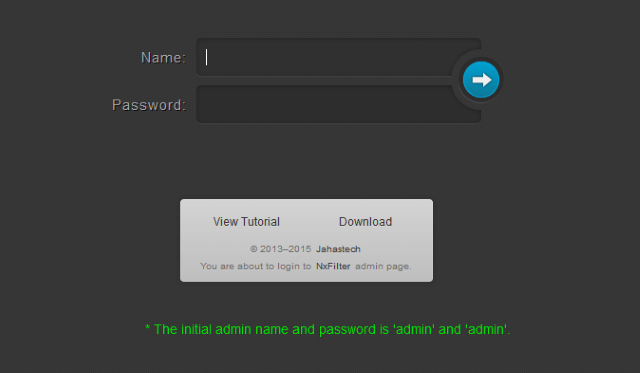


Usage and costs control: as per Manage usage and costs with Azure Monitor Logs article, by operating on the data retention you proactively monitor ingested data volume and storage growth, and define limits to control those associated costs.What could be the reason why you might want to change the retention on a single table? There could be several and all could be valid. As you have heard for sure, on Octoa feature that allows you to set the retention by single data type (also referred as table) overriding the general workspace setting was announced through this official post. Now that we have both concepts refreshed and clear in mind, we can get to the point. Let’s also refresh the data retention definition: the retention represents how long (the amount of time in days ) data is kept inside an Azure Log Analytics workspace (see Change the data retention period paragraph in the Manage usage and costs with Azure Monitor Logs article). Today, I’ll walk you through the setting of different retention for a Azure Log Analytics workspace based on data types.įirst of all, let me refresh a little bit what a data type is in the Azure Log Analytics context: a data type is either a scalar data type (one of the built-in predefined types listed below), or a user-defined record (an ordered sequence of name/scalar-data-type pairs, such as the data type of a row of a table). Hello everybody, Bruno here again together with my Azure Sentinel colleague to you mate to have brought what we’re going to present to my attention).


 0 kommentar(er)
0 kommentar(er)
